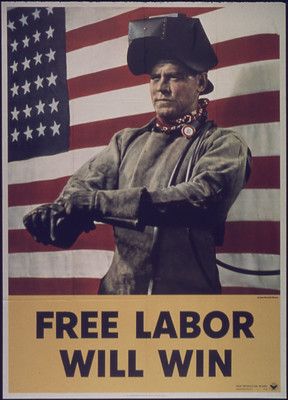Paperwork may not be the most exciting aspect of organizing, but keeping on top of it is essential. Under the Labor Management Reporting and Disclosure Act (LMRDA) of 1959, the federal government sets standards of transparency that recognized private sector and U.S. postal unions must follow, both in terms of information sharing among members and between a labor organization and the Department of Labor (DOL).
If you’re in neither of these sectors, you should know that states and cities set the terms of transparency for public sector unions in these respective workforces. Also, the Civil Service Reform Act (CSRA) of 1978 sets standards for federal executive branch agency workers.
For any union organizer though, more info on the types of required reporting can be found on the Office of Labor-Management Standards’ (OLMS) website here.

So what’s in the LMRDA?
The LMRDA standardizes financial and organizational reporting requirements for labor organizations, mandates regular elections for union officers, provides protections for labor organizations, and guarantees rights to members of labor organizations. These rights are often referred to as a Bill of Rights for union members. Here are a few of them:
- Equal opportunity to be a part of union activities
- Freedom of speech and assembly
- A say in setting rates of dues, fees, and assessments
- Protection of the right to sue
- Safeguards against improper discipline
The LMRDA also requires that unions make these rights known to members, so, whether you’ve just signed a contract or been active for years, make sure you clearly communicate these processes and safeguards to members.
What’s the federal government need from me?
For private sector and U.S. postal workers, the DOL requires administrative and financial disclosures from you (again, check out the OLMS website if you don’t fit either of these criteria). These forms provide a level of transparency to the government and are intended to make sure your union is complying with U.S. law. Here’s a quick breakdown of which forms unions need to fill out and what the OLMS looks for.
Not only must unions develop bylaws and a constitution, but two copies must be sent to the OLMS within 90 days of being recognized. This form is called the LM-1. Here’s some of the info needed to complete it:
- identification of the union
- identification of officers
- rates of dues and fees
- fiscal year ending date
OLMS also asks for detailed descriptions of how the following processes are approved and enacted:
- authorizing disbursement of funds
- selecting officers and other union representatives
- protesting a defect in the election of officers
- disciplining and removing officers
- fining, expelling, and suspending members
- ratifying contract terms
- authorizing strikes
The following forms, LM’s 2-4, are annual financial reports, due within 90 days after the end of a union’s fiscal year. (A quick note here that a trusteeship is created when a larger union helps a smaller union through financial or operational issues.)
The LM-2 must be filed by unions with total annual receipts of $250,000 or more and those in trusteeship. The LM-3 must be filed by unions with total annual receipts of less than $250,000 if not in trusteeship. The LM-4 must be filed by unions with less than $10,000 in total annual receipts if not in trusteeship.



